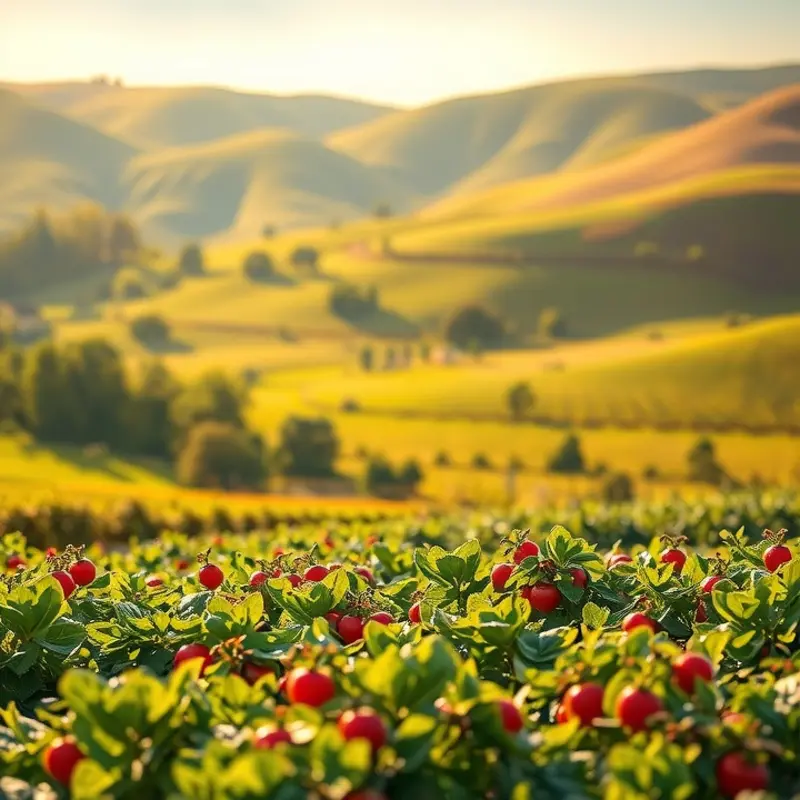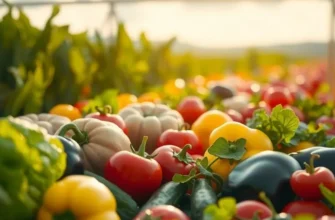Creating a perfect caramel sauce is a rewarding skill that can elevate your desserts to new heights. With just a few simple techniques, you can craft rich, smooth, and glossy caramel that complements ice creams, drizzles over cakes, or serves as a delicious dip for fruits. This guide will provide you with the essential steps and tips to achieve caramel sauce perfection, whether you’re a beginner or an experienced cook.
Understanding Ingredients and Equipment

To craft the perfect caramel sauce, it’s crucial to understand both the ingredients and the equipment that will guide your culinary efforts. A successful caramel sauce begins with the cornerstone ingredient: granulated sugar. This fine sugar blends smoothly and melts evenly, ensuring a consistent base as it caramelizes to that quintessential golden hue. Opt for the highest quality granulated sugar your budget permits, as this dictates the clean sweetness of your finished sauce.
Next, let’s delve into the rich, luscious element of caramel: butter. The butter you select not only affects the texture but also the flavor profile of your sauce. Choose unsalted butter to have full control over the salt levels in your recipe. Butter from pasture-raised cows can introduce a deeper flavor, adding complexity to your caramel sauce.
Cream, the final primary ingredient, provides that silky, mouth-coating richness we associate with caramel. Heavy cream, with its higher fat content, seamlessly emulsifies with the sugar and butter, producing a smooth sauce that doesn’t separate. Again, quality matters; fresher cream will result in a fresher-tasting sauce.
Equipping your kitchen with the right tools is just as vital as the ingredients themselves. Begin with a heavy-bottomed saucepan, which provides even heat distribution and minimizes the risk of sugar crystals burning or sticking to the bottom. A saucepan with a light-colored interior allows you to monitor the sugar’s color change more accurately.
An invaluable tool for achieving the perfect caramel consistency is a reliable candy thermometer. Precision with temperature is key; aim for around 340°F (170°C) for the perfect caramelization. Even a few degrees off can transform your caramel from heavenly to acrid.
Understanding the interplay between ingredient quality and equipment ensures your caramel sauce becomes a harmonious symphony of flavors and textures. If you’re interested in learning more about pairing tools with sauces, explore this guide on easy sauce simmering.
By placing a premium on both top-tier ingredients and reliable tools, you set the stage for a caramel sauce that doesn’t just fulfill a recipe but elevates any dessert it graces. With these fundamental components in your repertoire, you’re ready to embark on your caramel-making journey with confidence.
Step-by-Step Caramel Sauce Technique

Creating a perfect caramel sauce begins with the basic yet precise art of caramelizing sugar. Start with a clean, heavy-bottomed saucepan to ensure even heat distribution. This minimizes the risk of sugar burning or sticking to the pan, which is crucial for achieving the desired taste and texture.
Step 1: Heat the Sugar
Place the pan over low to medium heat. Pour in one cup of granulated sugar. Do not rush this process; patience here is key. When the sugar melts around the edges, gently move the pan to assist the sugar in melting evenly. Avoid stirring at this point, as this can lead to crystallization.
Step 2: Stirring
Once the sugar has melted and is an amber color, it’s time to stir. Use a heat-resistant spatula or a wooden spoon to gently stir the caramel. Stirring ensures uniform cooking and prevents any sugar from sticking to the bottom and burning.
Step 3: Add the Cream
When the sugar reaches a deep amber hue, quickly remove the pan from the heat. Carefully add 1/2 cup of heavy cream. Be cautious, as the mixture will bubble vigorously. Stir until the cream is fully incorporated. If you’re interested in flavor variations, consider adding a pinch of salt or a splash of vanilla extract at this point for extra depth.
Temperature and Consistency
Monitoring temperature is crucial. An ideal caramel sauce should reach between 230°F (110°C) and 240°F (115°C). This range ensures a sauce that is thick enough to coat a spoon yet not too stiff when cooled. A higher temperature can lead to a sauce that hardens too much upon cooling.
Troubleshooting Common Issues
Crystallization can occur if sugar crystals remain on the sides of the pan. To prevent this, use a pastry brush dipped in water to wash down the sides as the sugar cooks.
If the caramel burns, likely due to excessive heat, discard it and start over. Once burned, the bitter flavor is impossible to mask. If you accidentally overheat, you can try to salvage the caramel by quickly adding a few drops of water and stirring accordingly. However, this is often a last resort.
For those interested in reducing waste, check out tips on safer storage of sauces, which might be useful to prolong the shelf life of your homemade caramel and ensure it’s always ready for the next sweet endeavor.
Understanding and mastering these steps allows for exploring different uses of caramel in desserts. Soon, you’ll feel confident showcasing your homemade caramel sauce with pride, knowing it has been crafted with care and skill.
Final words
Perfecting caramel sauce is as much about technique as it is about patience and practice. With the right ingredients and equipment, as well as the step-by-step guide provided, you are well on your way to elevating your desserts. Remember that making caramel can take some time, and don’t be afraid to experiment with flavors like vanilla or sea salt to personalize your sauce. With practice, you’ll master this skill and impress your family and friends with your culinary prowess.







